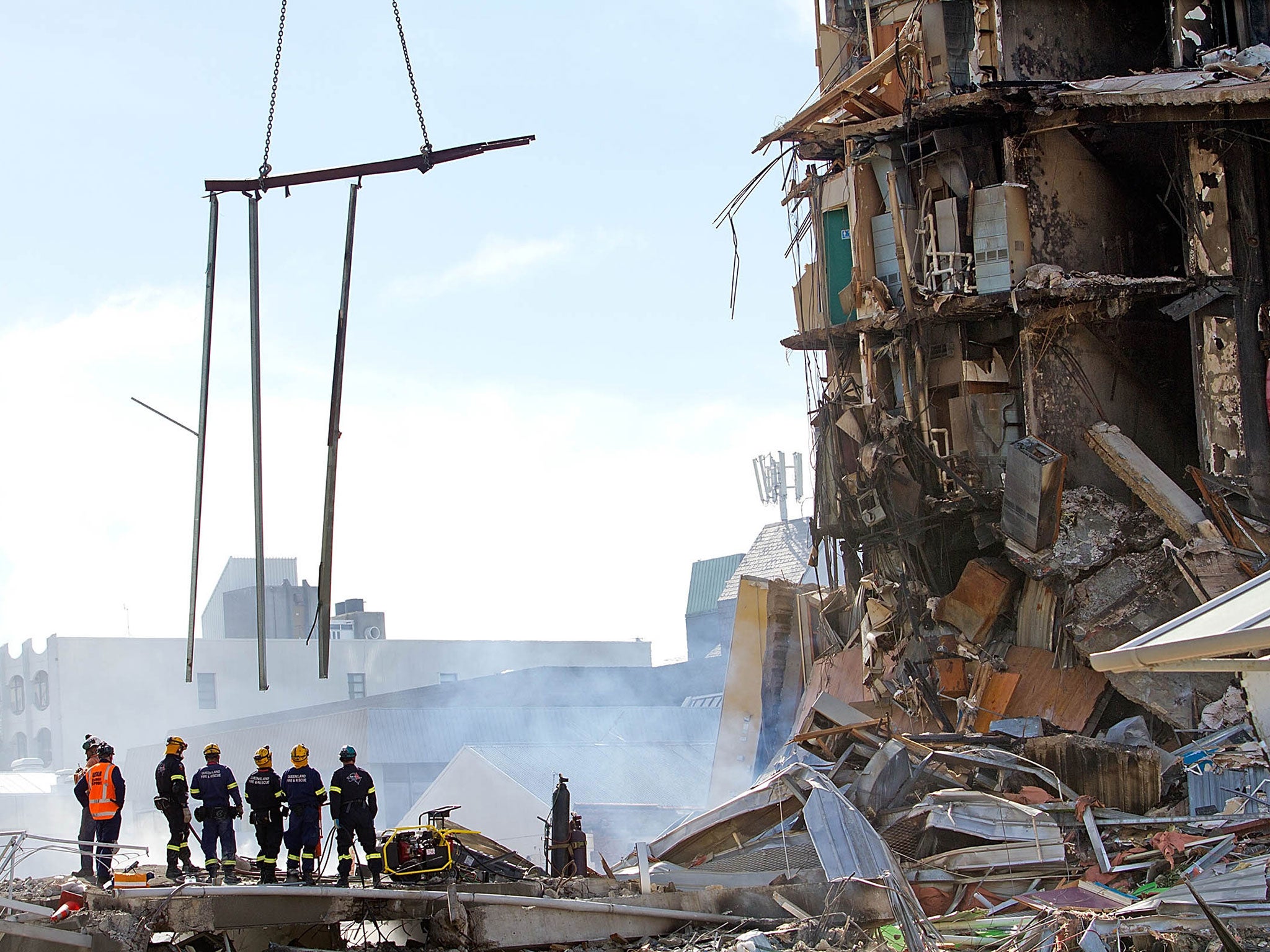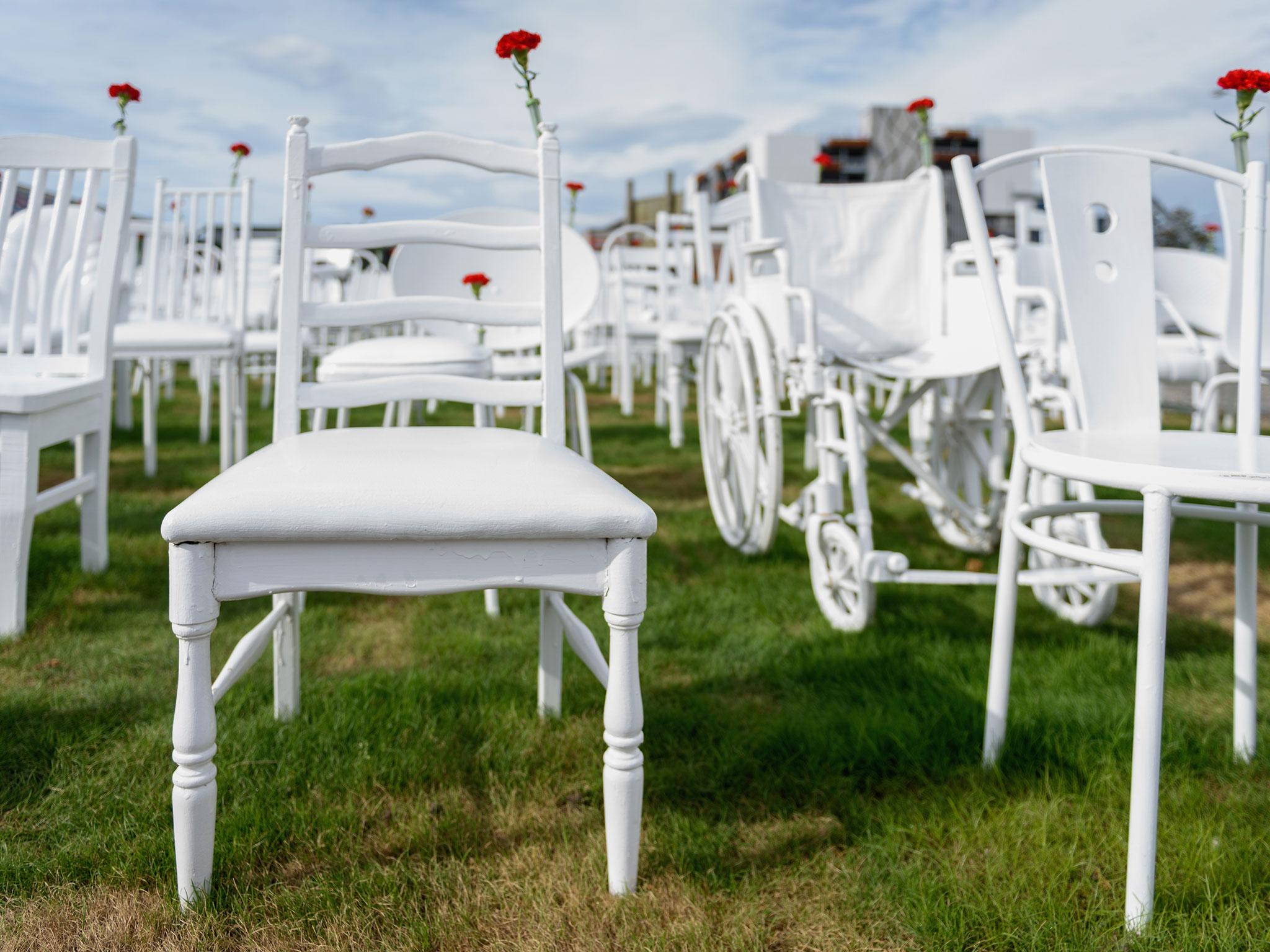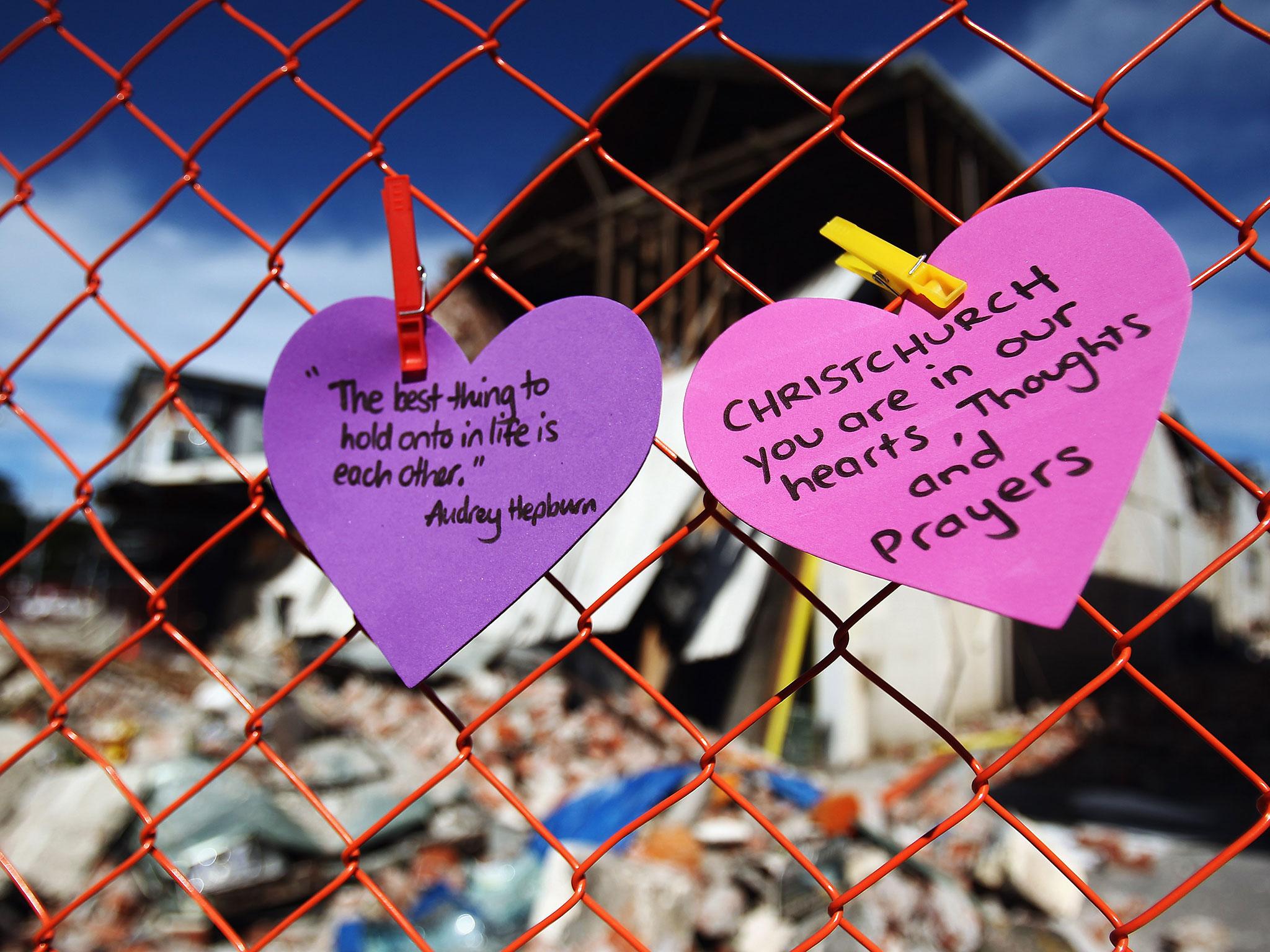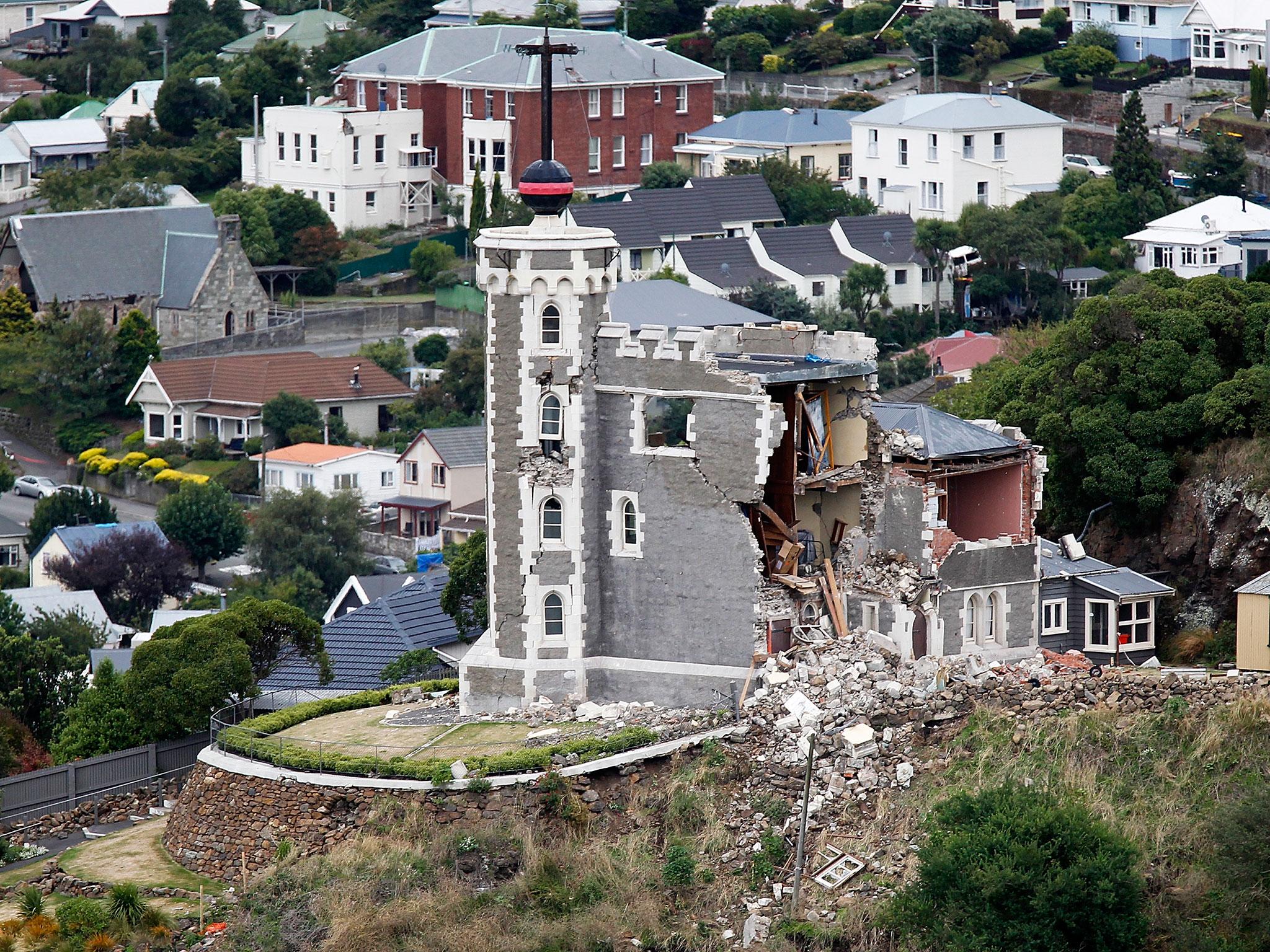Christchurch finally gets its rugby moment but the scars of the Canterbury earthquakes remain clear to see
There may be no period of reflection this Saturday when the Crusaders take on the Lions, but the 185 will be on the minds of many seven years on after the Canterbury earthquakes

Your support helps us to tell the story
From reproductive rights to climate change to Big Tech, The Independent is on the ground when the story is developing. Whether it's investigating the financials of Elon Musk's pro-Trump PAC or producing our latest documentary, 'The A Word', which shines a light on the American women fighting for reproductive rights, we know how important it is to parse out the facts from the messaging.
At such a critical moment in US history, we need reporters on the ground. Your donation allows us to keep sending journalists to speak to both sides of the story.
The Independent is trusted by Americans across the entire political spectrum. And unlike many other quality news outlets, we choose not to lock Americans out of our reporting and analysis with paywalls. We believe quality journalism should be available to everyone, paid for by those who can afford it.
Your support makes all the difference.The Canterbury earthquakes feel like an age ago, but it only takes a short walk around Christchurch to comprehend the terrifying ordeal that this part of New Zealand went through.
Christchurch had not recovered from the structural damage caused by the Canterbury Earthquake on 4 September 2010, when it was hit by a second major tremor. While the first one had a peak magnitude of 7.1 on the Richter Scale, fatalities were avoided due to the epicentre being located 25 miles west of Christchurch near the town of Darfield.
Unfortunately, the city would not be so lucky the second time around. More than five months later, on 22 February 2011, a 6.3 aftershock struck just six miles to the south-east of Christchurch. 185 people were killed in the disaster, and the damage to the city centre can still be seen so clearly today.
The two earthquakes, together with the other aftershocks that were reported, have led to an estimated $40bn NZD worth of insurance claims through the damage that was suffered.
Not only were peoples’ lives changed or taken by the natural disaster, but the course of New Zealand history was also diverted. Christchurch was no longer the second most-populated city in the country, falling behind Wellington due to the subsequent population loss.
All of this suddenly makes the British and Irish Lions tour feel miniscule when it rolled into Canterbury this week, but there is a deeper meaning to the game that will take place at Christchurch’s AMI Stadium on Saturday between the Lions and the Crusaders.
The venue was due to host five pool games as well as two quarter-finals at the 2011 World Cup, all of which were moved by the New Zealand Rugby Union due to the damage that the ground had suffered. Super Rugby’s most successful ever side were denied the chance to hold rugby’s most prestigious competition, and the region was robbed of any feel-good factor that could have distracted from such a horrific nightmare. It just so happened that one of those quarter-finals would feature the All Blacks.

Six years later, redemption is here. It may not be the Rugby World Cup, but it is the British and Irish Lions – something that has been referred to here in New Zealand as “Rugby’s Greatest Series” by the media.
Walk from the city centre, where the heavily damaged Christchurch Cathedral displays the remnants of the earthquake, to AMI Stadium, and you’ll cross the 185 Empty White Chairs. It is a memorial to those who lost their lives in the disaster, situated opposite the CTV building that housed the local television station and collapsed during the earthquake, killing 115 people inside – 60 per cent of the total death toll.

Look among the chairs and there are many different ones: armchairs, rocking chairs, school desks and wheelchairs. There is also a message on a board next to them which makes mention of other historical tragedies that have used similar tributes. A total of 2,753 empty chairs were notably placed in Bryant Park, New York, to mark the 10-year anniversary of the World Trade Center terror attack. There is also note at the bottom that reads:
“Here, opposite the site of the CTV building, 185 chairs of all shapes and sizes symbolize those who lost their lives as a result of the Canterbury earthquake on 22 February 2011. The individuality of each chair pays tribute to the uniqueness of each person represented.
“You are welcome to spend time in this space.”

It is a sobering sight, one that reduces the importance of the game that will be played a stone-throw away on Saturday. But here is the beautiful power of sport. After such harrowing events, sport can provide the chance to lift the gloom and allow fans to lose themselves in the atmosphere that cheering on a side like the Crusaders provides.
Saturday will be a “massive” moment for Christchurch, says All Blacks captain Kieran Read. “It’s been a long seven years – post the earthquake, missing the World Cup in 2011. They love the rugby down there. It sold out in minutes.”

Read is also the Crusaders captain, and while Saturday’s clash won’t provide fans with the chance to see the All Blacks, the Lions aren’t a bad back-up. “It’s going to be great for the community, I know it’s tough not having a Test match, so this is the next best thing,” adds Read.
That’s the power that such a sporting event can have on a nation, for on Saturday night it will be hard not to have a smile for how important this match is for the people of Canterbury. There may be no minute silence or period of reflection, but make no doubt about it, the 185 will be on the minds of many Kiwis in attendance watching the Lions and the Crusaders. This is their moment.
Join our commenting forum
Join thought-provoking conversations, follow other Independent readers and see their replies
Comments